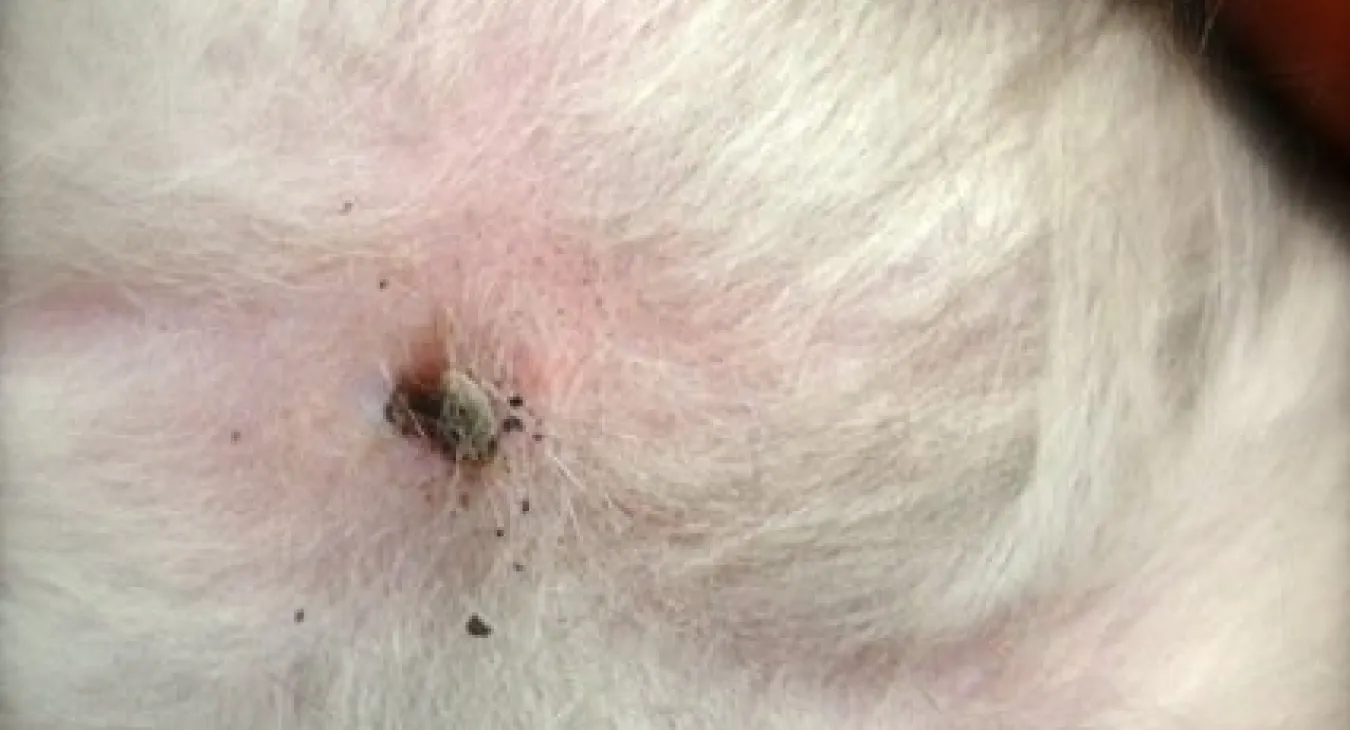- Check for ticks every day regardless of whether you use a prevention or not.
- Feel for the tick, don't just look. You’ll feel them before you see them.
- Use an isoxazoline like Bravecto or Simparica to prevent tick paralysis in dogs
- If you are in an area with brown dog ticks use a tick collar for dogs as well
- In cats you need to use an isoxazoline spot-on regularly for example use Bravecto Plus every 6 weeks
- Know the signs of tick paralysis:
- weakness and wobbliness in the limbs
- difficulty breathing
- choking & bringing up food
- change in the sound of the voice/bark/meow
- collapse
- If your pet shows any signs seek treatment ASAP.
- If you find a tick just remove it any way you like (half a tick is a dead tick and won’t produce any more toxin).
- Leaving the head in is generally not of concern in animals.
- Tick paralysis can be fatal. Despite our best efforts some animals don’t make it. If they are only mildly affected they are likely to recover with treatment.
Read more articles
- Log in to post comments



